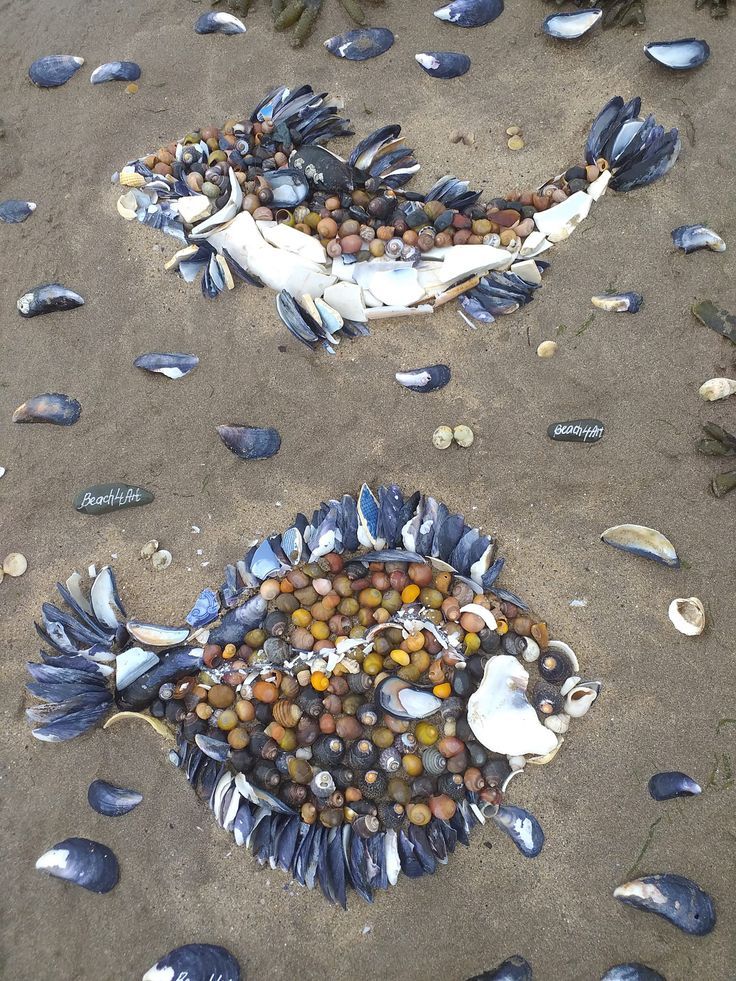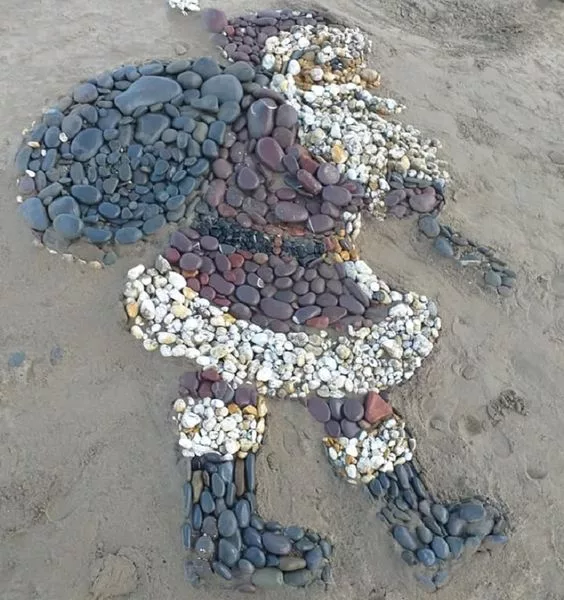In the vast tapestry of nature, it’s often the grand vistas and sweeping landscapes that capture our attention and fill the pages of glossy travel magazines. Yet, beneath the shadow of majestic mountains and wide-open skies lies a world just as captivating, but far less noticed—the microcosm of miniature marvels at our feet.

This hidden realm is not one that can be traversed by foot or seen from the panoramic lens of a camera. It demands a closer look, a pause, a moment of stillness. It’s a world where every grain of sand tells a story, where pebbles are as diverse as snowflakes, and where the ordinary becomes extraordinary.

The artistry of this micro universe is nowhere more evident than along the shoreline, where the ceaseless caress of waves shapes and polishes stones into multicolored gems that glitter in the sun. These are the precious jewels of the natural world—smooth, speckled, or striped, each pebble is a testament to the relentless forces of nature and time.
Through the creative lens of beachcombers and nature enthusiasts, these tiny treasures have been transformed into stunning works of art. The images you see are not merely arrangements of stones; they are a mosaic of the Earth’s geological biography.

Consider the whimsical figure of a sea creature, fashioned from pebbles of varying hues and sizes, each one carefully placed to bring a static image to life. Or the intricate outline of a fox, with stones so meticulously arranged that its coat appears to shimmer with tangible texture.
These creations serve as a gentle reminder of the intricate balance and unforeseen beauty in nature’s simplicity. They invite us to ponder the diversity and intricacy of the materials we often tread upon without a second thought.

The practice of arranging stones in this way is not just an aesthetic endeavor; it’s a meditative process, a silent dialogue between human creativity and the raw elegance of nature. It is an activity that echoes the Japanese philosophy of ‘wabi-sabi’, finding beauty in imperfection and transience, and ‘kintsugi’, the art of embracing flaws and imperfections.
Such arrangements encourage us to slow down and engage with nature on a more intimate level. They ask us to appreciate the quiet beauty of the natural world—the pattern of a leaf, the smoothness of a pebble, the transient ripples in the sand.
As we delve deeper into this silent, magnificent world, we begin to understand the true meaning of ‘hidden treasures’. They are not hidden because they are rare or distant; they are hidden because we have not learned to look closely enough. Our busy lives often preclude us from observing the minute details that make up our environment, the delicate charm of the elements that lay just beneath the surface.

Take a moment to consider the geological stories these tiny stones could tell: tales of volcanic eruptions, of ancient seas, of mountains that rose and fell over the eons. Each one holds a piece of the puzzle that is our planet’s history, offering insights into the past and, perhaps, the future.
Through this exploration, we also begin to reflect on our place within the natural world. Just as these stones have been shaped and smoothed over time, so too are we formed and influenced by the environment we inhabit. Our relationship with nature is not just one of observation but of interaction, of give and take, of respect and understanding.

In the artful displays of stones, there is a message of harmony and balance. The stones do not overshadow the sand upon which they rest; instead, they complement it, enhancing its beauty with their presence. This speaks to a deeper philosophy of life—one where we strive to live in balance with the world around us, acknowledging that we are but a small part of a much larger whole.
As we share these images and stories, we are not only spreading an appreciation for nature’s minute masterpieces but also fostering a greater awareness of the need to protect them. Each pebble, each grain of sand, is a part of our planet’s delicate ecosystem, and it is our duty to preserve it for future generations to marvel at and enjoy.

In conclusion, our journey through the delicate charm of these microscopic gems is more than just an aesthetic experience; it is a lesson in mindfulness, ecology, and the interconnectedness of all things. By celebrating the small, we can begin to grasp the vastness of nature’s wonders, and in doing so, we find a renewed sense of wonder for the world that surrounds us.
So the next time you find yourself in the great outdoors, take a moment to look down and discover the hidden treasures beneath your feet.